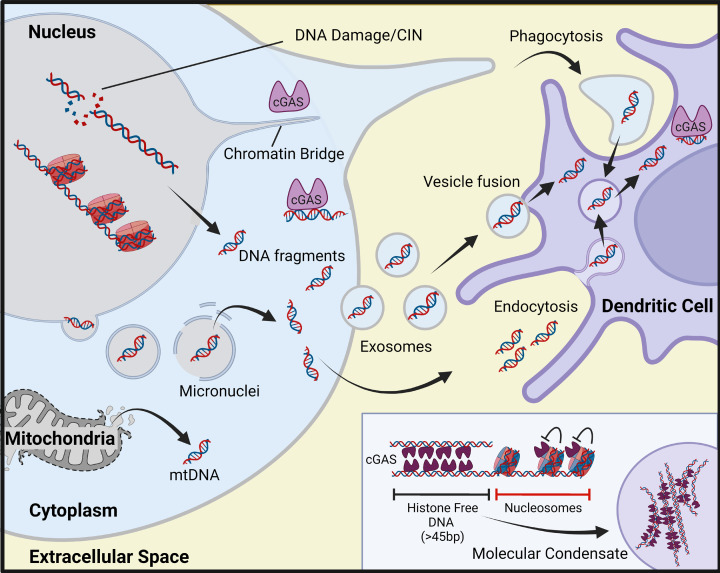Figure 1. Sources of immunostimulatory DNA in tumour cells and the tumour microenvironment.
The presence of self-DNA within the cytosol can occur due to chromosomal instability in cancer cells as well as from additional DNA damage caused by cancer therapies. Micronuclei are a source of self-DNA within the cytosol often naturally arising in metastatic and genomically unstable cancer cells as well as from exposure to ionising radiation. Chromatin bridges contain DNA connecting two daughter cells. Mitochondrial (mt) DNA is another potential source of immunostimulatory DNA in the cytosol which arises from mitochondrial damage. cGAS can only bind stretches of unmodified double-stranded DNA greater than 45 bp, its activation is inhibited by nucleosomes. cGAS molecules assemble on histone free DNA forming a ladder-like structure and can form higher order structures which agglomerate into molecular condensates which enhance the production of cGAMP. Nearby immune cells can take up cGAMP or DNA released into the TME by dead or dying tumour cells. Tumour cells can also export DNA into the TME in membrane bound vesicles such as exosomes which are taken up by local immune cells to activate STING signalling.

